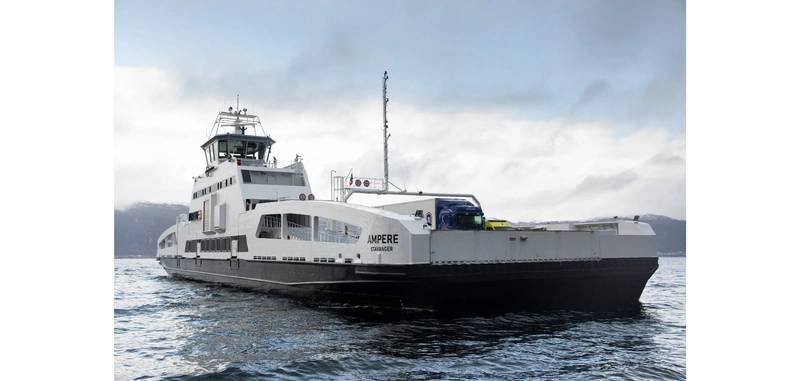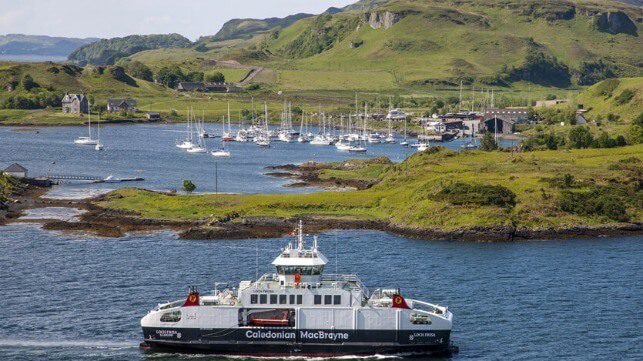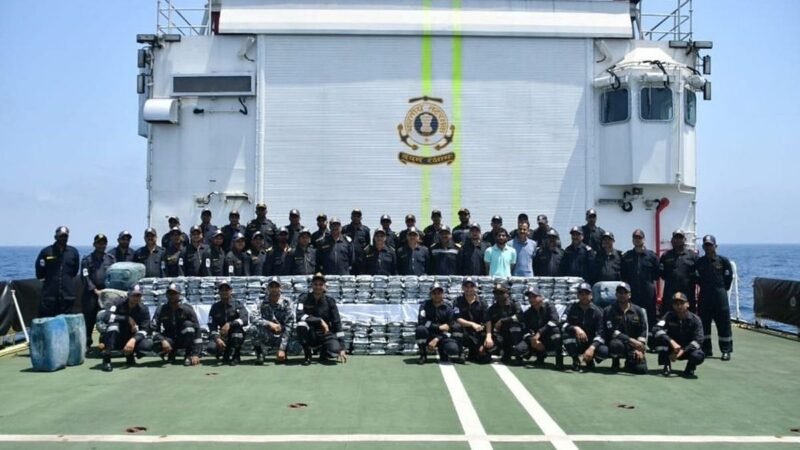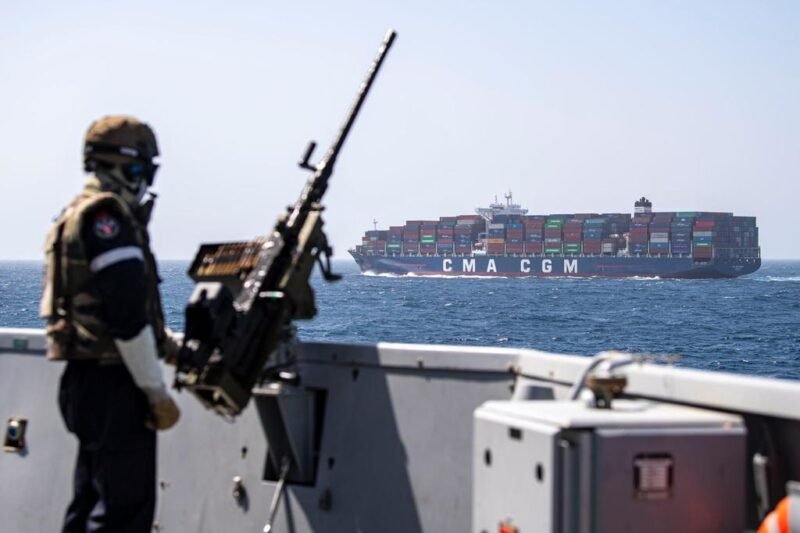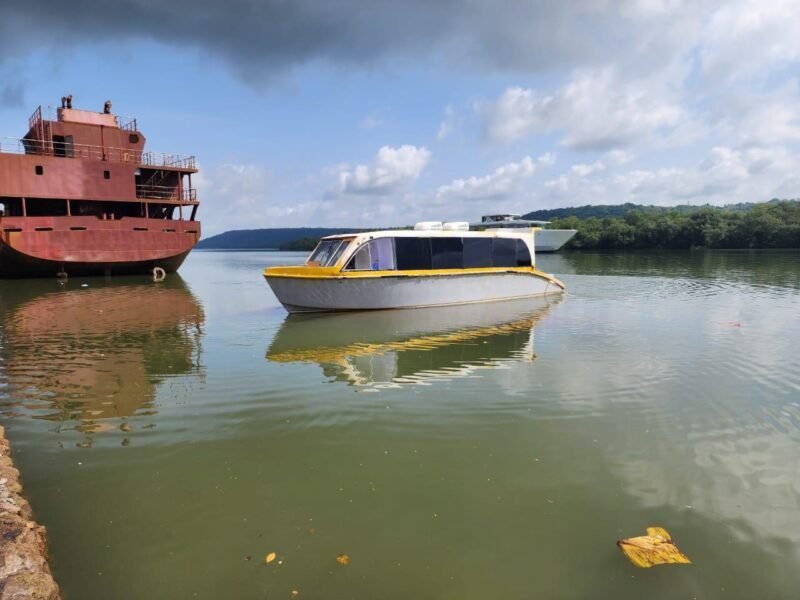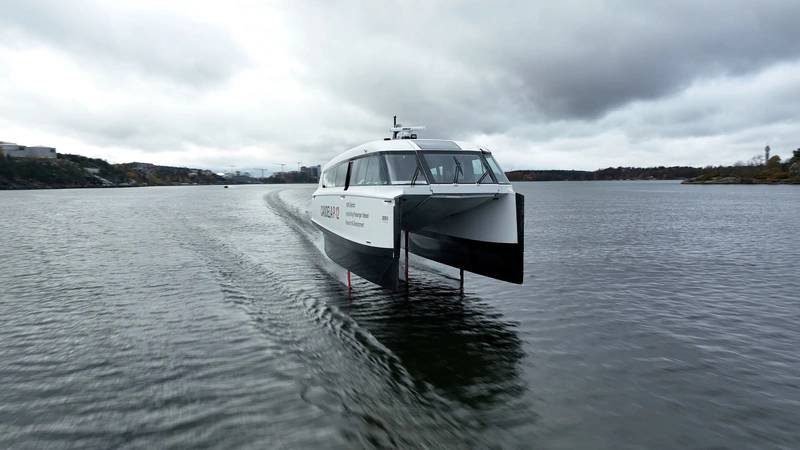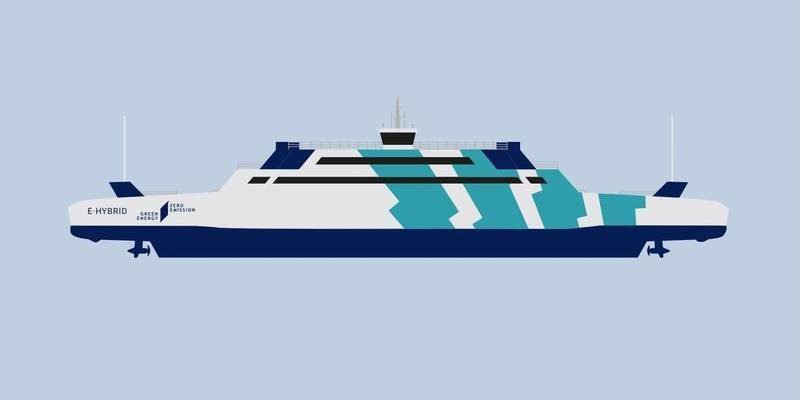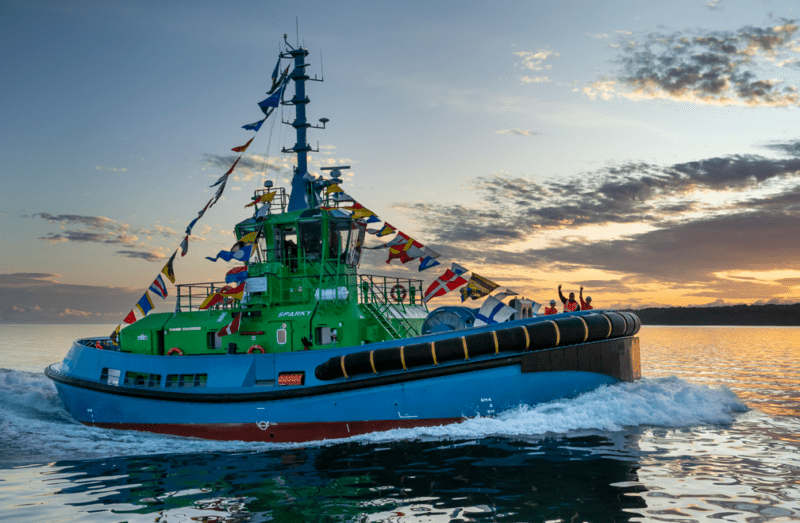Since its launch in 2015, the all-electric ferry MF Ampere has traveled the equivalent of 17 times around the equator solely on battery power. Despite initial skepticism, the Ampere has proven the potential of electric technology, inspiring similar projects worldwide. The Norwegian Public Road Administration mandated sustainable technology for a new ferry to cross the Sognefjord, leading Norled to collaborate with Fjellstrand Shipyard to develop the Ampere design, which won the tender.
The Ampere’s success was a result of innovative solutions and collaboration among various stakeholders, including Fjellstrand Shipyard, Siemens, Corvus Energy, Norled, and Norwegian Maritime Authorities. The vessel’s electric propulsion system has significantly reduced CO2 emissions by 5,700 tons annually, marking a milestone in Norway’s efforts to decarbonize its transport sector. Operational costs have also been slashed by 85-90%, resulting in nearly $15 million in savings.
Fredrik Witte, CEO of Corvus Energy, highlighted the Ampere’s role in advancing marine electrification, leading to the electrification of 80-90 ferries in Norway and the development of more efficient battery systems. With additional batteries recently installed to extend its lifespan, the Ampere will continue to operate until four autonomous ferries take over the route in 2026. The success of the Ampere serves as a testament to the economic and environmental benefits of electric ferry operations, paving the way for a more sustainable maritime industry.


